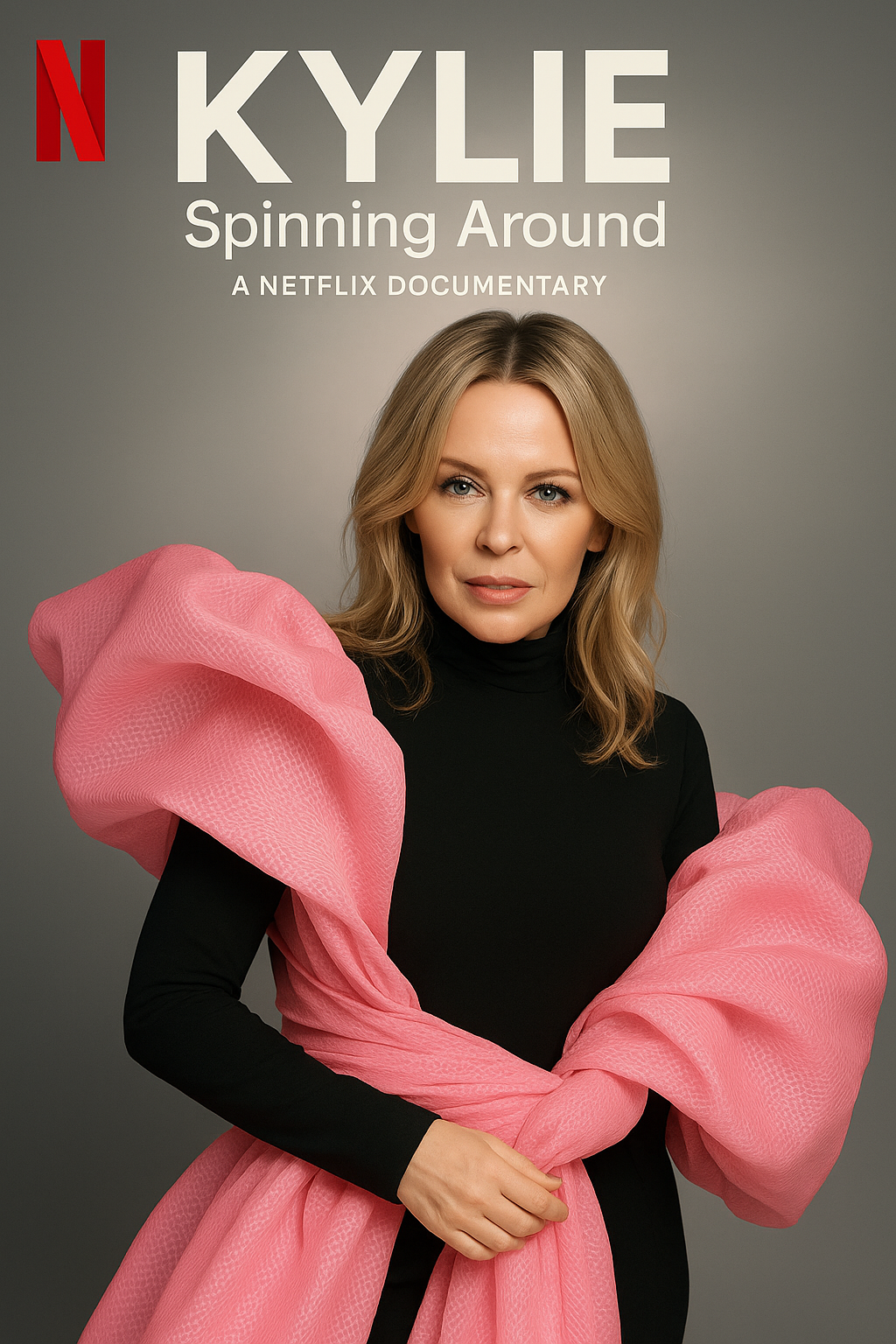Building a strong, toned core is a goal many people strive for, and achieving visible abs is often the ultimate prize. However, it’s important to understand that building abs is not just about performing a few exercises to target the abdominal muscles. It requires a holistic approach that combines exercise, diet, consistency, and dedication. The journey to visible abs in three months is achievable with the right plan, but it will require effort, patience, and discipline.
In this comprehensive guide, we’ll explore how to build abs in three months, covering everything from workout routines to nutrition tips and recovery strategies. By the end of this article, you’ll have the knowledge and tools to create a structured plan that leads to visible abs and overall core strength.
See also: Comprehensive Guide to Maintaining Kidney Health
1. Understanding the Basics of Building Abs
Before we dive into the specifics of workouts and diet plans, it’s crucial to understand the basic principles of building visible abs. While it’s often believed that performing endless crunches or sit-ups will lead to a toned midsection, the reality is more complex. Visible abs are primarily the result of having a low body fat percentage and a strong, developed core.
Key Concepts to Understand:
- Core Strength: Your core consists of more than just the abs. It includes your entire torso—your abdominal muscles, obliques (the muscles on the sides of your torso), lower back muscles, and even your glutes. Building a strong core requires working all of these muscles, not just the abs.
- Body Fat Reduction: To see visible abs, you need to reduce the layer of fat that covers them. You can have strong, developed abdominal muscles, but if there’s a layer of fat on top of them, they won’t be visible. Achieving visible abs is as much about reducing body fat as it is about strengthening the muscles.
- Consistency and Patience: Building abs takes time, especially if you’re starting with a higher body fat percentage. It’s important to stay patient and consistent with your exercise routine and diet. Three months is a reasonable time frame to achieve noticeable results if you stay committed.
2. Setting Realistic Goals for Building Abs
It’s essential to set realistic and achievable goals when working towards building abs. While three months is enough time to make significant progress, the amount of visible muscle definition you can achieve will depend on your starting point. If you have a higher body fat percentage, your focus will first be on fat loss, and the abs will start to show once your body fat percentage decreases.
See also: Comprehensive Guide to Maintaining Kidney Health
A typical goal might look like:
- Achieving a body fat percentage between 10-15% for men and 18-23% for women. At this body fat level, you’ll begin to see your abdominal muscles more clearly.
- Building core strength and endurance. Even if your abs are not fully visible after three months, you will have made significant gains in core strength, which is beneficial for overall fitness and athleticism.
3. The Importance of Nutrition in Building Abs
Abs are made in the kitchen, as the saying goes. No matter how many crunches or planks you do, a poor diet will prevent you from achieving visible abs. Nutrition plays a critical role in reducing body fat and providing the energy needed for effective workouts.
Caloric Deficit for Fat Loss
To reveal your abs, you need to reduce body fat. The most effective way to do this is by creating a caloric deficit, meaning you consume fewer calories than you burn. This forces your body to use stored fat for energy. A safe and sustainable caloric deficit is around 500-700 calories per day, which will result in about 1-1.5 pounds of fat loss per week.
Macronutrient Breakdown
A balanced diet that includes all three macronutrients—proteins, fats, and carbohydrates—is essential for building muscle and losing fat.
- Protein: Protein is the building block of muscle, and consuming enough of it is vital for muscle growth and repair. Aim for about 1.2-2.2 grams of protein per kilogram of body weight. Good sources of protein include lean meats (chicken, turkey), fish, eggs, legumes, tofu, and protein powders.
- Healthy Fats: Healthy fats help keep your hormones balanced and support fat loss. Include sources of healthy fats such as avocados, nuts, seeds, olive oil, and fatty fish like salmon.
- Carbohydrates: Carbs provide energy for your workouts and overall bodily functions. Choose complex carbohydrates like whole grains, sweet potatoes, fruits, and vegetables, as they are high in fiber and will help keep you full and energized.
Meal Timing
While the overall quality and quantity of your food are the most important factors, meal timing can help optimize your fat loss and muscle-building efforts. Consider eating 4-6 smaller meals throughout the day to keep your metabolism active. Ensure that your post-workout meals contain a balance of protein and carbohydrates to aid recovery.
Hydration
Staying hydrated is critical for overall health, muscle function, and fat loss. Aim to drink at least 8 cups of water per day, and more if you’re physically active. Water helps with digestion, supports fat metabolism, and aids in muscle recovery.
4. Core Exercises for Building Abs
Now that we’ve covered the importance of nutrition, let’s focus on the exercises that will help you build a strong, defined core. It’s essential to focus on exercises that target the entire core—not just the rectus abdominis (the “six-pack” muscles), but also the obliques and lower back.
1. Plank Variations
The plank is one of the most effective core exercises because it engages nearly every muscle in your torso. It strengthens your abs, back, and shoulders while also working your glutes.
- How to do it: Start by holding a forearm plank with your elbows directly beneath your shoulders. Keep your body in a straight line from head to heels. Engage your core and hold for 30-60 seconds. Over time, try to increase your hold time.
- Variations: You can increase the challenge with side planks, plank with leg lifts, and plank to push-up transitions.
2. Bicycle Crunches
Bicycle crunches target both the upper and lower abs, as well as the obliques.
- How to do it: Lie on your back and place your hands behind your head. Bring one knee towards your chest and simultaneously twist your torso to bring your opposite elbow towards that knee. Straighten your opposite leg while twisting to the other side. Alternate sides in a pedaling motion.
- Repetitions: Perform 3 sets of 20-30 repetitions per side.
3. Leg Raises
Leg raises are an excellent exercise for the lower abs.
- How to do it: Lie on your back with your legs straight and your hands by your sides. Slowly raise your legs towards the ceiling while keeping them straight. Lower them back down without letting your feet touch the ground.
- Repetitions: Perform 3 sets of 15-20 repetitions.
4. Russian Twists
See also: Comprehensive Guide to Maintaining Kidney Health
Russian twists target the obliques and improve rotational strength.
- How to do it: Sit on the floor with your knees bent and feet flat. Lean back slightly, keeping your back straight. Hold a weight or medicine ball with both hands, and twist your torso to the right, then to the left, tapping the weight on the floor next to your hips each time.
- Repetitions: Perform 3 sets of 20 twists (10 per side).
5. Mountain Climbers
Mountain climbers are a full-body exercise that engages the core, improves cardiovascular fitness, and burns calories.
- How to do it: Start in a plank position with your arms straight. Quickly alternate bringing your knees towards your chest, as if running in place.
- Repetitions: Perform 3 sets of 30-60 seconds.
6. Dead Bugs
The dead bug exercise targets the deep stabilizing muscles of the core, helping with overall core strength and posture.
- How to do it: Lie on your back with your arms extended towards the ceiling and knees bent at 90 degrees. Slowly extend your right leg straight while lowering your left arm overhead, then return to the starting position and switch sides.
- Repetitions: Perform 3 sets of 10-12 repetitions per side.
5. Incorporating Cardio for Fat Loss
As previously mentioned, having low body fat is essential for seeing visible abs. Cardio is a great way to help burn extra calories and reduce body fat. You don’t need to do hours of cardio, but a combination of steady-state cardio and HIIT will help maximize fat loss.
Types of Cardio:
- Steady-State Cardio: This includes moderate-intensity activities like jogging, cycling, or swimming. Aim for 30-45 minutes per session, 3-4 times a week.
- HIIT (High-Intensity Interval Training): HIIT involves alternating between short bursts of high-intensity exercise and brief rest periods. This method has been shown to burn fat more effectively and in less time. Try HIIT workouts 2-3 times per week for 20-30 minutes.
6. The Importance of Recovery
Building abs isn’t just about working hard in the gym. Recovery is essential for muscle repair and growth. Make sure to get enough sleep (7-9 hours per night), and consider incorporating rest days to allow your body to recover. Stretching or foam rolling can also help with muscle soreness and flexibility.
7. Staying Consistent and Tracking Progress
Achieving visible abs in three months requires consistency. Stick to your workout routine, diet plan, and cardio regimen, and track your progress. Remember, results may not be immediate, but with hard work and dedication, you’ll see noticeable changes in strength and definition.
Take progress photos every 2-4 weeks to track visual changes, and measure your waistline to monitor fat loss.
See also: Comprehensive Guide to Maintaining Kidney Health
Conclusion
Building abs in three months is absolutely achievable with the right combination of exercise, nutrition, and consistency. Focus on full-body strength training, core exercises, and reducing body fat through a healthy diet and cardio. Stay committed, be patient with the process, and remember that building visible abs requires time, effort, and dedication. With hard work, you’ll not only achieve strong abs but also improve your overall health and fitness.



